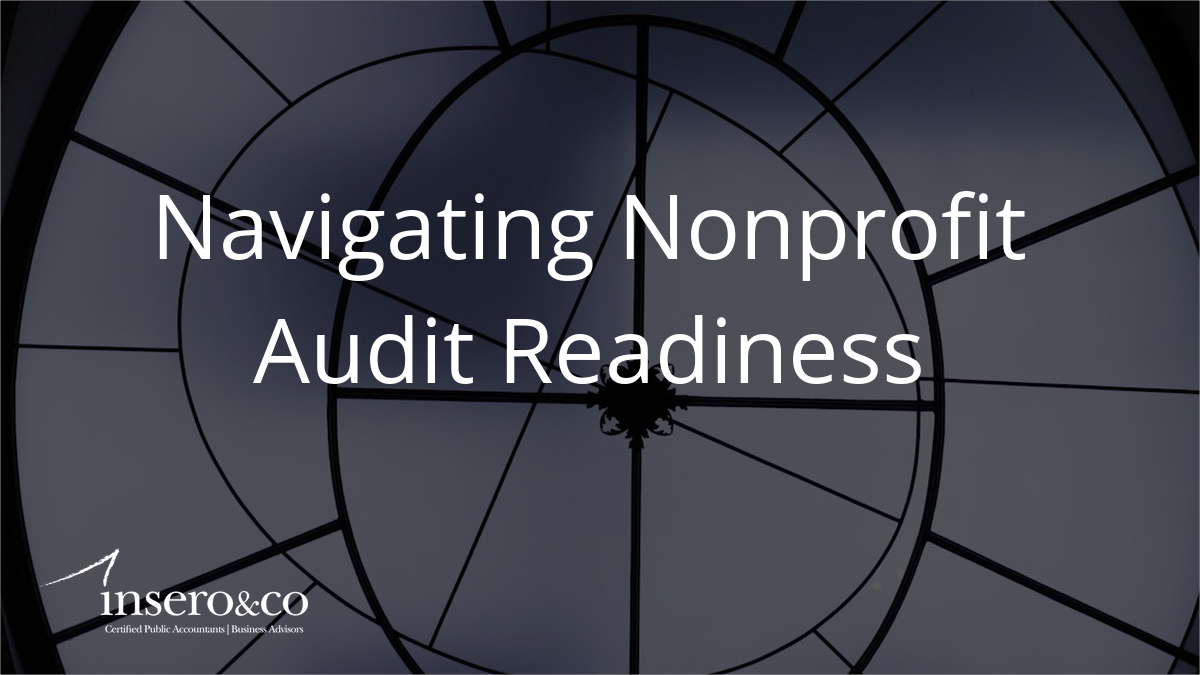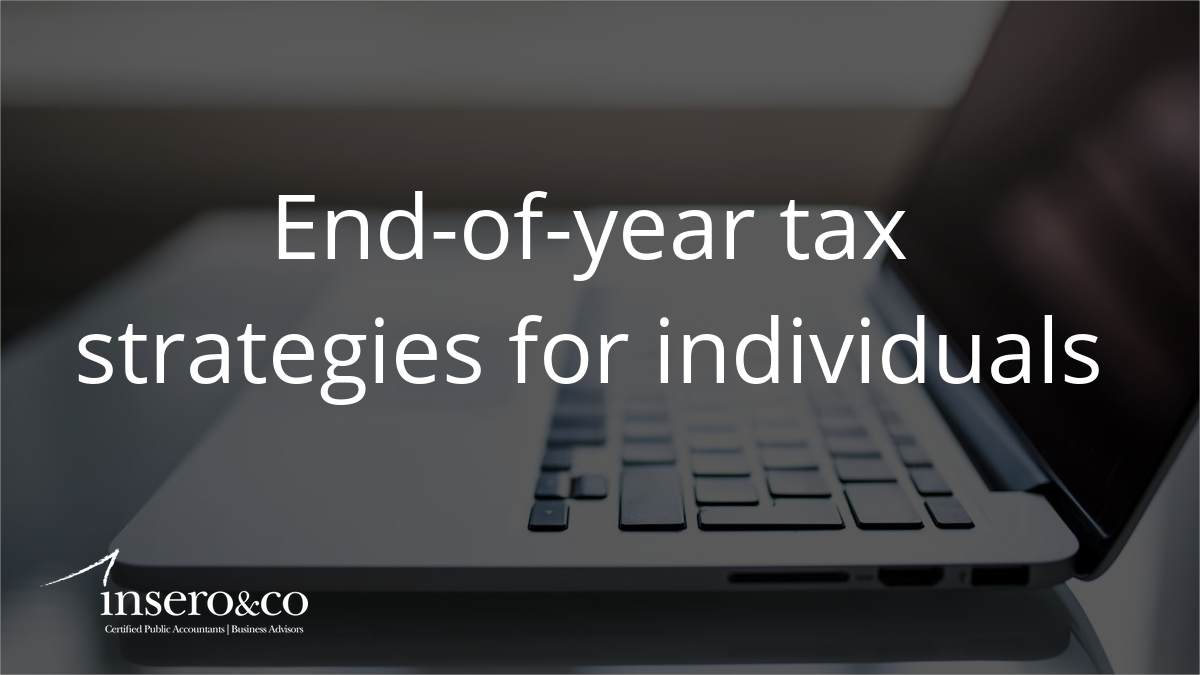COVID-19 pandemic
CARES Act expands financial options for impacted plan participants
In its efforts to reduce financial strains caused by the novel coronavirus (COVID-19) pandemic, Congress made it easier for some 401(k) plan participants to tap into their retirement savings without penalty. The Coronavirus Aid, Relief, and Economic Security (CARES) Act made changes to early distributions and plan loans.
Early distributions
The CARES Act allows participants under age 59½ to take out up to $100,000 from their 401(k) plans in 2020 without incurring the 10% early distribution penalty, subject to several restrictions. Multiple distributions can be taken so long as the total amount (including distributions from other plans and IRAs) doesn’t exceed $100,000.
The distributions are subject to regular income tax, although tax withholding isn’t required. Also, participants’ tax liability can be spread over three years.
Eligibility for early distributions is limited to “qualified individuals” — as certified by the participants themselves. Plan sponsors don’t need to obtain proof; the certification procedure is expected to be similar to that used for hardship withdrawal requests.
A qualified individual generally is someone who 1) has been diagnosed with the virus using a test approved by the Centers for Disease Control and Prevention (CDC), or 2) has a spouse or dependent with that diagnosis. In addition, participants who experience adverse financial consequences as a result of being quarantined, laid off, having their work hours reduced, closing of business, or taking time off due to lack of childcare are qualified individuals.
Participants can return distributions to their retirement plan accounts within three years from the date of receiving the distributions. Whatever distributions they do return within the time limit will be treated the same as a trustee-to-trustee rollover distribution and not be subject to income tax. Sponsors must keep careful records of each distribution’s timing, and repayment timing (if that happens), to ensure that the three-year limit is satisfied.
Plan loans
As an alternative to distributions, the CARES Act doubles the dollar limit for plan loans for qualified individuals. Specifically, the limit is the lesser of:
- $100,000, or
- 100% of the value of the participant’s vested account balance.
These larger loan amounts must be issued within 180 days of the CARES Act’s March 27, 2020, enactment.
In addition, participants with existing loans may delay payments due from the act’s enactment through December 31, 2020. Additional interest will accrue on the delayed payments.
Breathing room
Plan sponsors can take advantage of the CARES Act provisions immediately but must amend their plan documents. Finally, keep in mind that further regulations or legislation could affect these distribution and loan rules.
As always, we hope you enjoy this edition of our newsletter and we look forward to receiving your feedback. Should you have any questions regarding the information contained in the attached materials or our Employee Benefit Plan Services, please feel free to contact me directly.
Want to learn more?
Join our Employee Benefit Plan Resources group on LinkedIn for more frequent updates on recent developments and best practices and discuss related topics with your peers.




